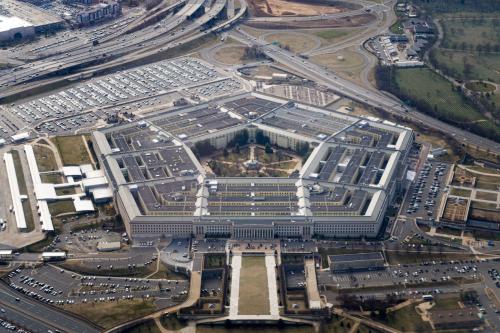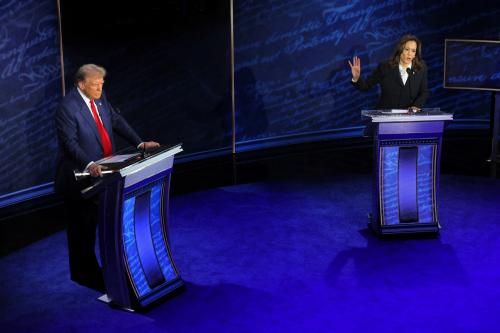Call me a geek, but Monday’s foreign-policy debate between President Barack Obama and Gov. Mitt Romney was exciting not only for the new attention it brought to “horses and bayonets,” but also as a sort of coming-out party for the world of robotics. Four years ago, this field that was once the province of science-fiction writers but now covers everything from self-driving vacuum cleaners to military drones did not merit any mention on the campaign trail. Neither Obama nor Sen. John McCain was asked about it in their debates. But in Boca Raton this week, robotics finally made the list, joining such primetime issues as China, Iran, and the economy.
But while the candidates were asked what they thought about drones, unfortunately Americans still don’t know much about their answers. Obama literally didn’t have to respond to Bob Schieffer’s question because, as the moderator put it, “we know President Obama’s position on this” — a very odd way for a moderator to pose a question, especially on a topic on which government policy has been far from transparent. Romney, meanwhile, provided the deep insight that “drones are being used in drone strikes” before swinging far to Obama’s left with a call to counter extremism, channeling the new UNDP wing of the Republican Party.
This is a shame because, like it or not, robotics — and not just the ubiquitous drone — has become a signature part of the 21st century presidency and its use of power. The U.S. military now has more than 8,000 unmanned systems in the air and another 12,000 or so on the ground in its inventory, and they are used every day to protect soldiers in places like Afghanistan. More controversially, a growing civilian intelligence agency fleet is also used not-so-covertly in places like Pakistan and Yemen, where the United States has reportedly carried out more than 375 air strikes, despite the fact that there has been no specific congressional vote on the matter. The technology’s use in the last few years has arguably set a weighty precedent for the presidency, blurring civilian and military roles in war and potentially even circumventing the original intent of the Constitution’s division of powers.



Commentary
Op-edTell Us the One About the Robots, Mr. President
October 24, 2012